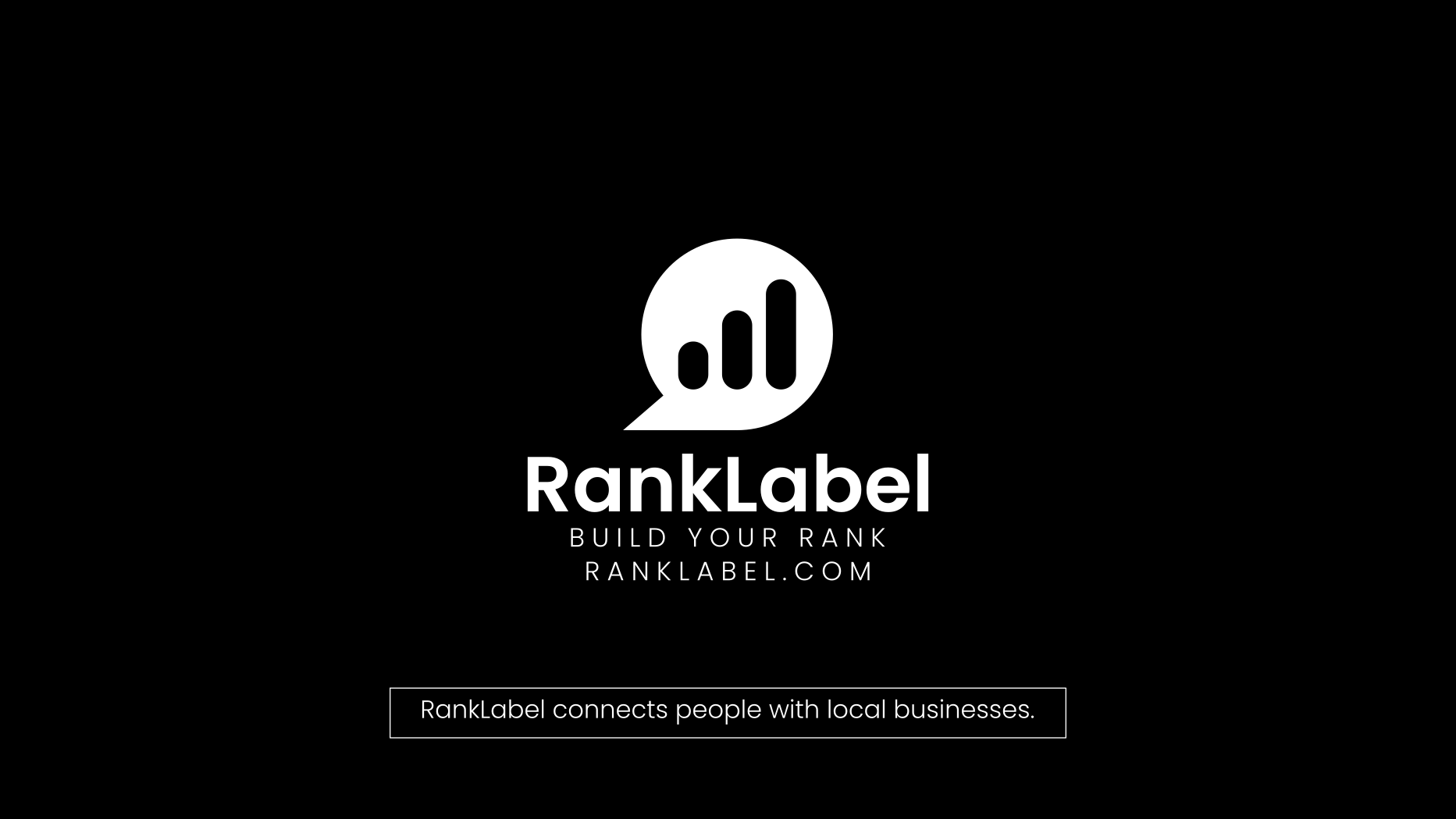Revolutionizing Product Development with 3D Printed Prototypes and Low-Cost Printing Solutions

As industries continue to evolve, the integration of technology in product development processes has become paramount. Among these advancements, 3D printing has emerged as a critical player, particularly in the realm of prototype development. This technology not only accelerates the design and testing phases but also offers a cost-effective pathway through low-cost 3D printing solutions. From small businesses to large corporations, the ability to quickly and affordably create 3D printed prototypes is reshaping how products are conceived and brought to market.
The Impact of 3D Printed Prototypes in Modern Product Design
3D printing technology, also known as additive manufacturing, has dramatically transformed the prototype development landscape. Traditionally, creating a prototype involved extensive labor and significant material costs. However, with the advent of 3D printed prototypes, companies can now visualize and test their designs more efficiently and with fewer resources.
- Speed: 3D printing processes can produce parts within hours, allowing for rapid iterations and improvements.
- Cost Reduction: By eliminating the need for costly tooling and reducing material wastage, 3D printing allows for more economical prototype production.
- Customization: Designers can easily make modifications to digital models, allowing for higher flexibility and customization without additional costs.
This shift not only speeds up the development process but also enhances creativity, as designers are not limited by the constraints of traditional manufacturing methods.
Exploring Low-Cost 3D Printing Options for Prototyping
The affordability of 3D printing has made it accessible to virtually every sector of industry. Low-cost 3D printing options have opened new avenues for startups and small businesses, in particular, enabling them to undertake prototype development that was previously beyond their budget.
- Material Choices: There are a variety of materials available that vary in cost and suitability, including PLA, ABS, and PETG, which are significantly cheaper than the materials used in traditional manufacturing.
- Printer Technology: Fused deposition modeling (FDM) is one of the most common and economical 3D printing technologies, ideal for basic proof-of-concept models.
- Outsourcing Options: For businesses not ready to invest in their own printer, numerous services offer low-cost 3D printing solutions on demand.
By leveraging these options, businesses can reduce the financial risks associated with new product development.
Choosing the Right Prototype Development Services
Selecting an appropriate service for 3D printing prototypes is crucial and can vary based on the project requirements. Factors to consider include the type of material, the resolution of the printer, and the turnaround time offered by the service. Here are some tips to help choose the right prototype development service:
- Evaluate Portfolio: Review the service provider’s previous works to ensure quality and expertise.
- Material and Technology: Ensure the provider offers the specific 3D printing technology and materials needed for your prototype.
- Scalability: Consider whether the service can scale up from prototype production to full-scale manufacturing if needed.
- Cost Efficiency: Compare pricing between services to find the most cost-effective option without compromising on quality.
These considerations will guide you in finding a reliable partner that aligns with your project's specific needs and budget constraints.
Leveraging 3D Printing for Complete Product Development Cycles
3D printing offers tremendous benefits not only in the prototyping phase but throughout the entire product development cycle. Integrating 3D printing into product development strategies enables businesses to streamline workflows, reduce time-to-market, and maintain a competitive edge in rapidly changing markets.
- Design Flexibility: Allows for complex designs that are impossible to achieve with traditional methods.
- Iterative Testing: Facilitates rapid testing and refinement of designs based on real-world testing feedback.
- Customization and Personalization: Easily adapts to changes in customer preferences or market demands.
Moreover, the sustainability aspect of 3D printing, where material waste is significantly reduced, appeals to the growing market segment that values environmental responsibility.
Case Studies: Success Stories of 3D Printing in Product Development
Across various industries, 3D printing has led to remarkable improvements in the efficiency and success of product development. For example, a leading automotive manufacturer used 3D printed prototypes to test and refine parts for a new car model, significantly cutting down development time and costs. Similarly, a startup in the medical field utilized low-cost 3D printing options to develop customized prosthetics, allowing for rapid patient-specific solutions.
These examples underscore the transformative potential of 3D printing in making product development more flexible, faster, and less expensive.
Conclusion
The integration of 3D printing into prototype development and product design represents a significant shift in how businesses approach innovation. With the ability to produce low-cost 3D printed prototypes quickly, companies can now push the boundaries of creativity and practicality. As technology continues to advance, the role of 3D printing in product development is set to grow, making it an essential tool for companies aiming to stay ahead in their respective markets.
By embracing 3D printing, businesses are not only optimizing their development processes but are also taking a step towards the future of manufacturing. Whether it's through enhancing product design, reducing costs, or accelerating time-to-market, 3D printing offers a multitude of benefits that can significantly impact a company's bottom line and overall success.










